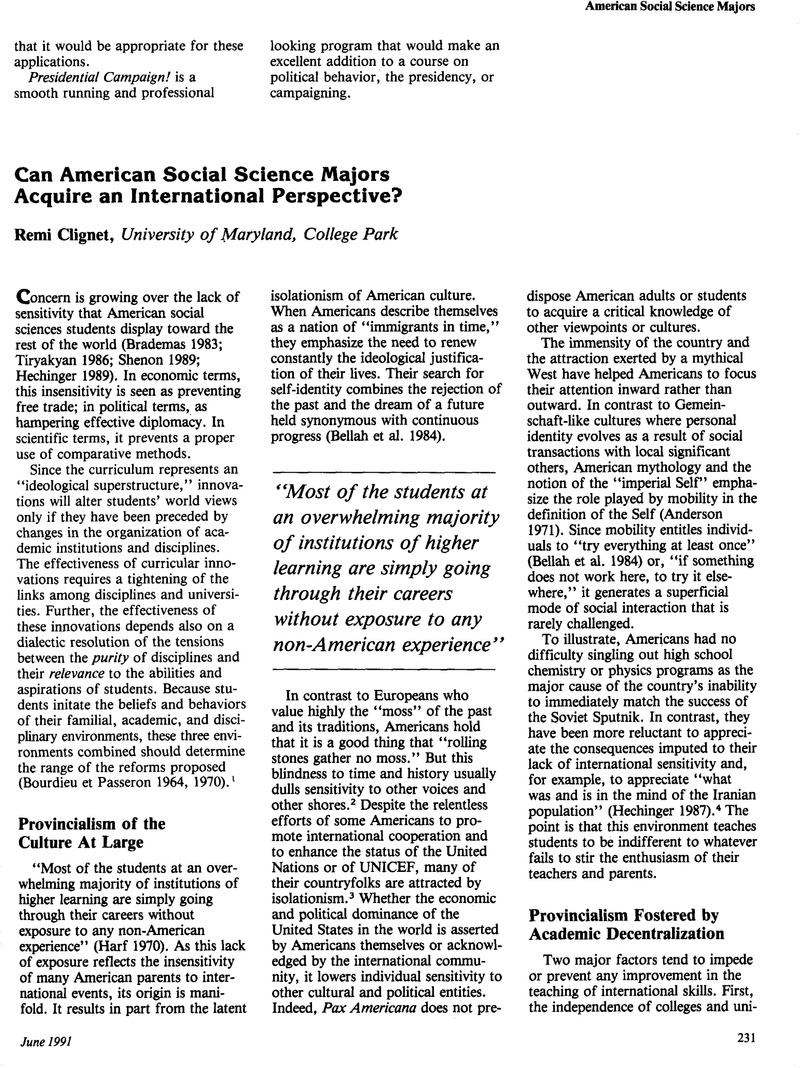Crossref Citations
This article has been cited by the following publications. This list is generated based on data provided by Crossref.
Brooks, D. Christopher
2005.
Learning Tolerance: The Impact of Comparative Politics Courses on Levels of Cultural Sensitivity.
Journal of Political Science Education,
Vol. 1,
Issue. 2,
p.
221.
Thies, Cameron G.
2005.
How to Make the Most of Your Summer Study Abroad Teaching Experience.
PS: Political Science & Politics,
Vol. 38,
Issue. 1,
p.
83.





